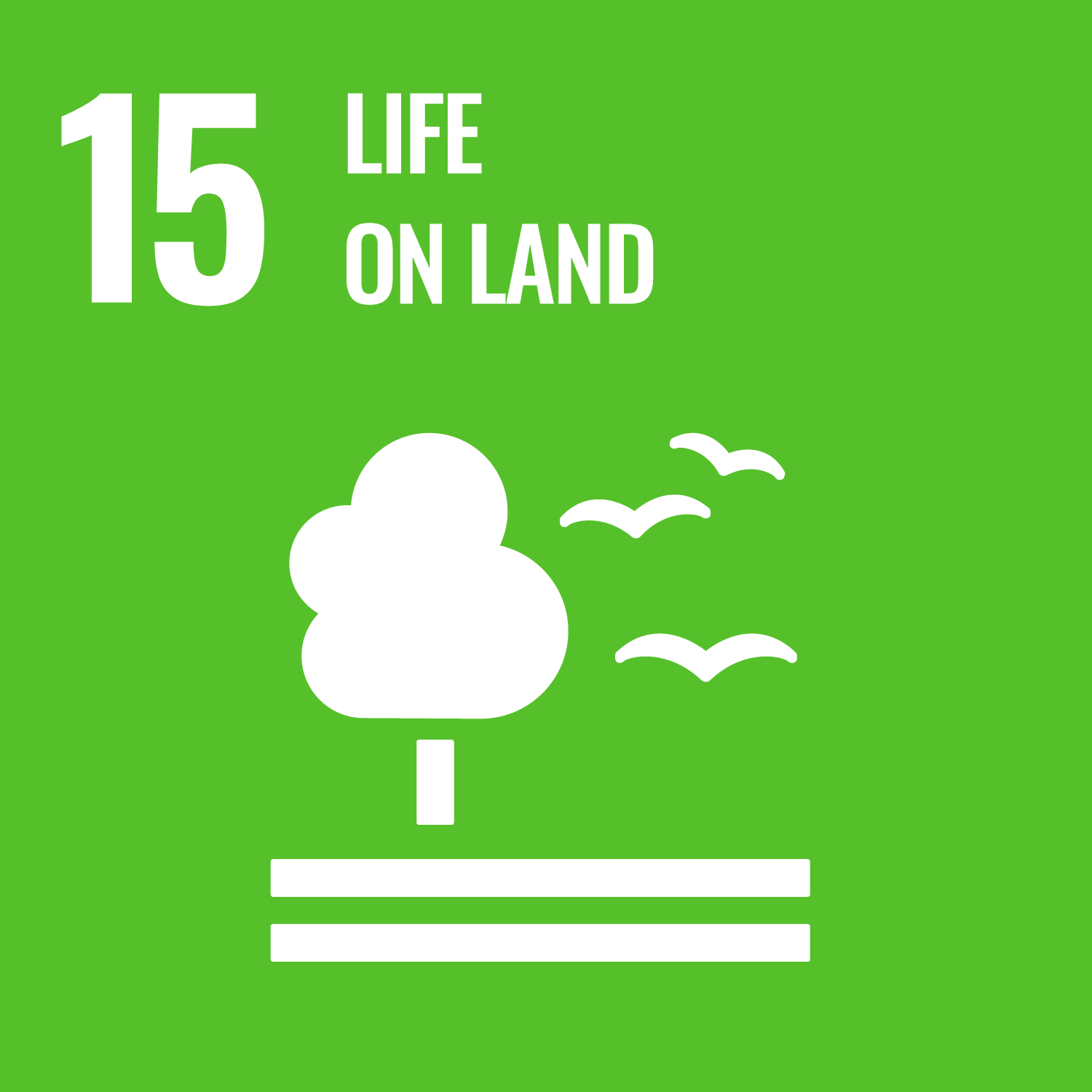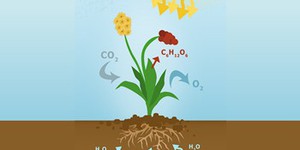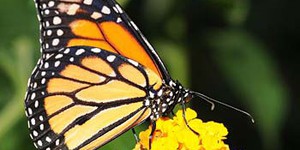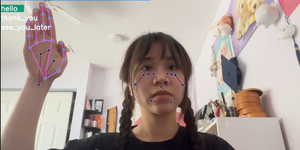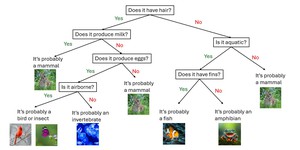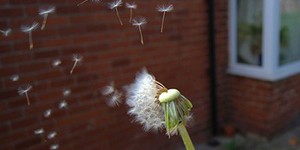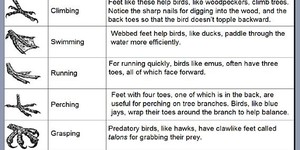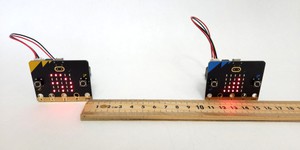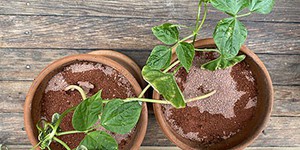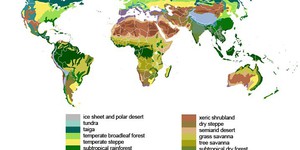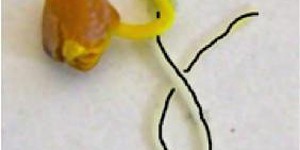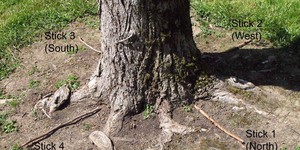Life on Land, Fifth Grade Science Projects (44 results)
The United Nations Sustainable Development Goals (UNSDGs) are a blueprint to achieve a better and more sustainable future for all.
These projects explore topics key to Life on Land: Sustainably manage forests, combat desertification, halt and reverse land degradation, halt biodiversity loss.
These projects explore topics key to Life on Land: Sustainably manage forests, combat desertification, halt and reverse land degradation, halt biodiversity loss.
Science Buddies' fifth grade science projects are the perfect way for fifth grade students to have fun exploring science, technology, engineering, and math (STEM). Our fifth grade projects are written and tested by scientists and are specifically created for use by students in the fifth grade. Students can choose to follow the science experiment as written or put their own spin on the project.
For a personalized list of science projects, fifth graders can use the Science Buddies Topic Selection Wizard. The wizard asks students to respond to a series of simple statements and then uses their answers to recommend age-appropriate projects that fit their interests.
Let us help you find a science project that fits your interests, with our Topic Selection Wizard.|
Select a resource
Coding Projects
Sort by
|
Have you ever seen a (non-carnivorous) plant eat? Probably not! Plants do not get the energy they need from food, but from the sunlight! In a process called photosynthesis, plants convert light energy, water, and carbon dioxide into oxygen and sugar. They can then use the sugar as an energy source to fuel their growth. Scientists have found an easy way to measure the rate of photosynthesis in plants. The procedure is called the floating leaf disk assay. In this plant biology project, you can…
Read more
Have you ever seen butterflies fluttering around outside, gliding through the air and landing on flowers? While they are delicate and fragile, butterflies are actually excellent flyers. They are so good, in fact, that scientists at Harvard University studied butterfly wing shapes as an inspiration for building a miniature flying robot. In this science project, you will do your own version of the Harvard scientists' experiment to measure the flight performance of butterfly wings.
Read more
New
Can AI understand human language? In the future, AI could aid in emergency interpretive service in the hospital when translators aren't available. But can current AI algorithms understand non-verbal languages like sign language? In this science project, you will test whether AI can learn sign language gestures or phrases to see if it can be used for interpretation.
Read more
How do you tell the difference between a bird and a fish? Birds tend to have feathers and can fly, while fish have no legs and can breathe underwater. In this project, you will explore how to create a decision tree using machine learning that can classify different animals based on multiple characteristics. This project is designed for beginners and requires little to no coding experience. Ready to give it a shot?
Read more
Up, up, and away! If you have ever made a wish and blown the fluff of a dandelion, you have witnessed how some plants are adapted to spreading their seeds using the wind. The tiny, furry parachute allows the seeds to be picked up by the wind and to be carried far away from their parent plant. In this experiment, you will make models of seeds and fruit to investigate dispersal by wind and to evaluate
the relationship between the structure of the seed and its ability to be dispersed by the…
Read more
Animals survive in all sorts of extreme environments, whether it is a polar bear out and about when it is -40°F, a desert iguana trying to find food as the temperature rises to 110°F, or a deep sea anglerfish living 3281 feet down into the sea. How do they do it? The answer is adaptations! Their bodies have special features that allow them to live in those environments. You might not be able to dive down 3281 feet to observe the deep sea anglerfish, but in this science fair project you…
Read more
New
Are you ever annoyed by a poor Wi-Fi signal? What about when you try to send a text message, and it just won't go through because of poor cell service? Have you ever wondered what factors affect the strength of your signal and the speed of the connection? If so, this project is for you!
Read more
To be able to live on Mars, humans need breathable air, clean water, and nutritious food. Spacesuits can provide oxygen to breathe, ice on Mars can be a source of water, but how could we get nutritious food? Today's astronauts bring food with them. But a manned trip to Mars would require food that was either successfully grown in space or on Mars, as taking the extra weight of food for such a long time—it takes 6–9 months one way—is just too costly. In this project, you will…
Read more
Have you ever looked around and noticed the plants and animals that grow in your neighborhood? Have you ever visited friends in another part of your city, state, or even another part of the country? Have you noticed whether the plants and animals where they live are similar to those growing near you? What would it be like to live where they do? Why do certain plants and animals grow in one area, but not in another? In this science fair project you will learn about biomes and how different…
Read more
You might not know it, but plants are able to sense their environment and actually respond appropriately. One of the key parameters that every plant must respond to is the direction of gravity: stems go up (opposite to the pull of gravity) and roots go down (in the same direction as the force of gravity). In this project, you will construct simple devices that hold several germinating seeds, which allow you to watch how growing rootlets respond as you rotate the devices, effectively altering…
Read more
Ladybugs are common insects in North American gardens that prey upon aphids, making them all the rage in biological pest control. Ladybugs can be bred in captivity making them a good insect to study. Just chop off an aphid infested plant stem for food, make a water soaked cotton ball for water, and add to a small plastic container with a lid to make a breeding box. You can use ladybugs collected from the wild, or buy ladybugs from your local nursery. The most common species is the 12-spotted…
Read more
Have you ever gone camping, looked up at the stars, and found the Big Dipper? Two stars in the dipper part of this constellation point to Polaris, the north star, which people have used for thousands of years to help them find their way. In this plant biology science fair project, you'll investigate whether plants, like moss, can help you find your way, too.
Read more
|

